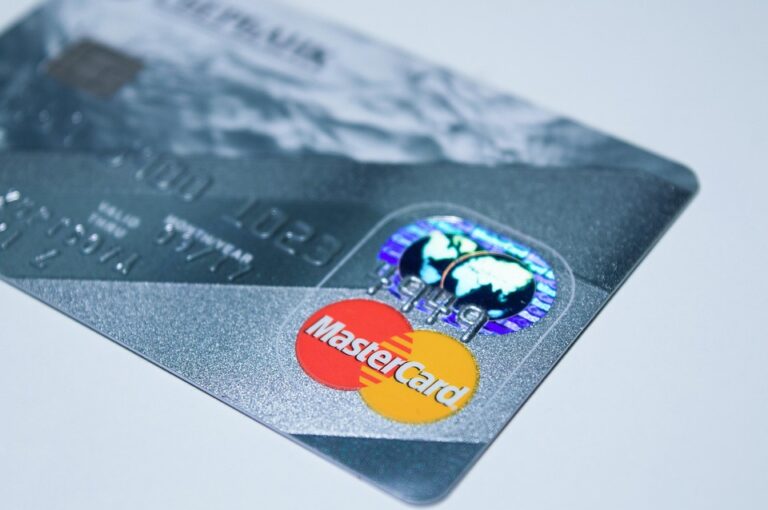Last updated Apr. 23, 2025 by Charles Zemub
In the realm of personal finance, the terms "emergency fund" and "savings" often float around with seemingly interchangeable usage. However, understanding the fundamental differences between them is crucial for maintaining financial stability and achieving your long-term monetary goals. Both hold significant importance in a financial plan, but knowing when and how to use each can make a profound difference in how effectively you manage your finances.
Understanding Emergency Funds
An emergency fund is a stockpile of money set aside specifically to cover unexpected expenses or financial emergencies. This could include things like sudden medical expenses, urgent car repairs, or unexpectedly losing a job. The primary purpose of an emergency fund is to provide you with a financial security net, ensuring that you don’t have to rely on credit cards or loans, which could incur interest and potentially harm your financial health in the long run.
How Much Should You Save?
The general rule of thumb is to have between three to six months’ worth of living expenses in your emergency fund. If your job stability is less secure or your income is irregular, you might want to aim for a larger cushion, perhaps up to a year’s worth of expenses. This money should be readily accessible, meaning it’s kept in a liquid account that you can tap into quickly, like a high-yield savings account.
What Are Savings?
Savings, on the other hand, is money that you set aside for future goals and expenses. These could include purchasing a home, going on a vacation, or even saving for retirement. Savings are typically meant for planned expenses rather than unforeseen circumstances. This money might not need to be as accessible as your emergency fund and can be invested or placed in less liquid but potentially higher-interest options.
What Should Be Your Savings Goal?
Your savings goal largely depends on your individual financial objectives. If you’re saving for a down payment on a house, for instance, factor in the home’s price and the percentage down you will need. For retirement, consider what kind of lifestyle you envision, then calculate how much money you’ll need annually to maintain that lifestyle.
Emergency Fund vs. Savings: The Key Differences
While both funds serve essential purposes, here’s a quick breakdown of the key differences:
- Purpose: Emergency funds cover unexpected, urgent expenses; savings are for planned future expenses.
- Liquidity: Emergency funds need to be highly liquid; savings can be less so, depending on the timeline for when you’ll need the money.
- Access: Emergency funds should be easily accessible without penalties; some savings might be locked in investments or longer-term accounts.
- Amount: Emergency funds typically hold a specific amount based on living expenses, whereas savings amounts depend on personal goals.
✓ Short Answer
An emergency fund and savings serve different financial purposes. Emergency funds are for unforeseen financial needs, offering a safety net for unexpected expenses, like medical emergencies. They should cover 3-6 months of living costs and be easily accessible. Savings are designated for planned future expenses and goals, like buying a home or vacations, and can be less liquid. Both are vital components of a solid financial plan, providing both immediate security and long-term financial growth.
When to Use an Emergency Fund
Utilizing your emergency fund should be reserved for scenarios that genuinely qualify as emergencies. This means distinguishing between “wants” and necessities such as urgent healthcare costs, car repairs critical to commuting, or sudden income loss. Using your emergency fund for non-urgent expenses could leave you financially vulnerable when a real emergency arises.
When to Use Savings
Savings, conversely, should be used for is purpose-driven and planned withdrawals. If you’re planning a vacation or anticipating a major life event like a wedding, that’s the time to tap into your savings. Planning your savings timeline and targets can ensure you’re accumulating the necessary funds without infringing on your emergency reserves.
Building Both Simultaneously
In an ideal world, you are able to grow both your emergency fund and savings simultaneously. To do this, prioritize building your emergency fund up to a comfortable level first, redirecting all savings into it until you reach your goal. Once this safety net is established, channel some of your available income towards long-term savings.
Balancing Priorities: How to Decide
Deciding whether to focus on an emergency fund or savings hinges on your current financial situation and future plans. If you don’t have an emergency fund, starting one should take precedence. Without this buffer, you risk falling into debt when an unexpected event occurs. However, once you’ve established a comfortable emergency fund, shifting focus to savings can be a logical next step.
Strategies for Building Funds
- Automate Savings: Setting up automatic transfers to separate accounts for your emergency fund and savings can help in maintaining discipline.
- Cut Unnecessary Expenses: Re-evaluate your purchases and subscriptions to free up more money for savings.
- Increase Income: A part-time job or freelance work can provide extra money to allocate towards both funds.
- Reassess Periodically: Financial goals can change, requiring a reassessment of how much you contribute to each fund.
How Inflation Affects Your Emergency Fund and Savings
A lingering financial factor often overlooked is inflation—your money loses purchasing power over time. Maintaining your emergency fund in a low-yield account is prudent due to its needed liquidity, but be aware that its value could decrease. You might consider keeping a portion of your savings in investments that, while less liquid, offer better returns that typically outpace inflation.
Advanced Strategies: Beyond Basic Funds
Once established, you might explore investing some portion of your savings for higher returns. You can consider vehicles like CDs for the savings that you don’t need immediate access to, or low-risk investments suitable for the short-to-medium-term savings goals. However, the risk associated must align with both your goals and your capacity to handle financial setbacks.
FAQs
Is it possible to combine an emergency fund and savings into one?
While it’s technically possible to combine them, doing so is not recommended. Merging both could tempt you to dip into funds designated for emergencies when pursuing personal goals or withdrawals for minor expenses. Keep them separate to preserve their respective purposes.
How do I determine the right size for my emergency fund?
Start by calculating your monthly expenses, including housing, utilities, food, healthcare, and transportation. Multiply this total by the number of months you want to cover, typically three to six. If your income is less stable, aim for a larger fund.
Can I use my emergency fund for an unexpected opportunity or investment?
While tempting, using your emergency fund for non-emergencies can leave you vulnerable. It’s best to maintain the fund strictly for genuine emergencies. Opportunities and investments should ideally be financed through savings or extra income.
How often should I review my emergency fund?
It’s advisable to review your emergency fund annually or whenever significant life changes occur—like a new job, moving to a new city, or having children. Regular reviews ensure your fund’s size and accessibility align with your current needs.
What are the best accounts for storing an emergency fund?
High-yield savings accounts or money market accounts are optimal due to their balance of accessibility and interest potential. These options ensure your funds grow, albeit modestly, while remaining lost in case of emergencies.
In the financial ecosystem, the existence of both an emergency fund and savings creates a safety net while fostering financial growth. Each plays a distinct role, ensuring stability during turbulent times and preparing you for future aspirations. Balancing them effectively, based on your personal circumstances and financial objectives, is key to a solid, resilient financial strategy.




